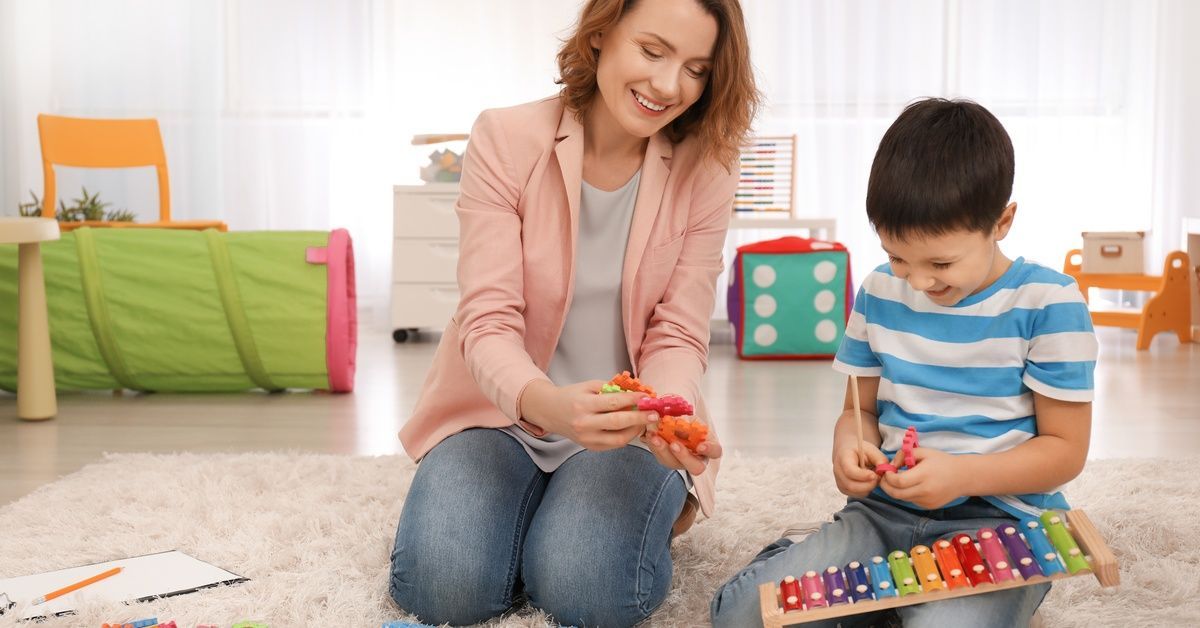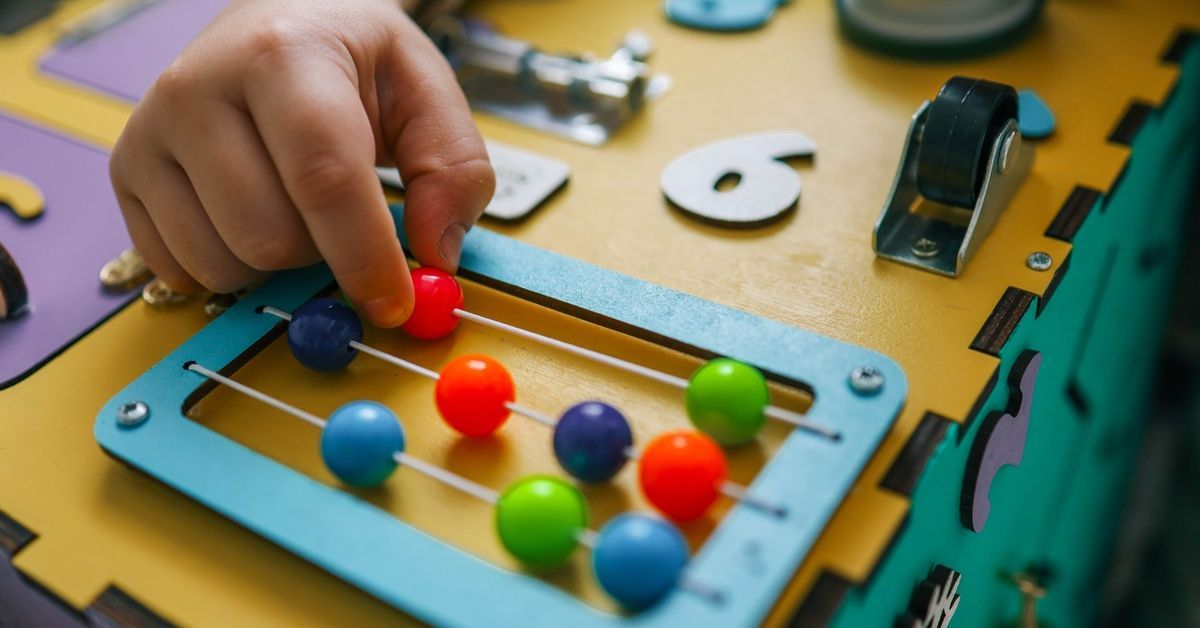5 Ways To Encourage Independent Play in Children With Autism
Helping children with autism discover the joys of independent play is more than rewarding; it’s instrumental in their growth and development. Parents, educators, and specialists often seek practical methods to foster this behavior, which builds confidence, improves problem-solving abilities, and enhances overall well-being.
Techniques grounded in applied behavior analysis (ABA) therapy are especially effective, emphasizing structure, reinforcement, and personalization to guide kids toward greater independence. Ahead, discover five ways to encourage independent play in children with autism rooted in behavior analysis and developmental psychology.
1. Create a Predictable and Safe Environment
A reliable environment is the foundation in which to encourage independent play in children with autism. Structure and routine are often comforting to autistic individuals, offering a sense of security that allows for exploration and experimentation. When children can anticipate what to expect, they are more likely to engage confidently.
Organizing a play space with clear boundaries and distinct areas for activities fosters this predictability. For instance, having a labeled area for puzzles, drawing, or building blocks creates cues that help children understand where each activity belongs. This visible structure reduces confusion and makes children feel supported during solo play.
The environment should also be free from overstimulation. Excessive noise, clutter, or harsh lighting can distract or discomfort children, often hindering their willingness to engage. Soft lighting, soothing sounds, and thoughtful organization encourage calm focus. For example, keeping the space tidy and limiting the number of toys within reach prevents sensory overload while enabling children to make independent choices within a manageable framework.
2. Start With Parallel Play and Gradually Fade Support

Encouraging independent play doesn’t mean stepping away all at once. One effective approach is to begin with parallel play, then slowly reduce the level of adult involvement as the child builds confidence and comfort. Parallel play involves sitting near your child and engaging in a similar activity without direct interaction. This setup allows the child to explore play in a safe, supported way without feeling pressured to engage socially.
For example, if your child is stacking blocks, you might quietly build your own tower beside them. Parallel play models appropriate behaviors while giving children the freedom to lead their own activities.
As your child becomes more engaged in their activity, you may notice signs that they’re ready for more autonomy. This could look like spending longer stretches of time focused on a toy, exploring new materials independently, or responding well to gentle encouragement rather than direct assistance. Recognizing these moments is key to knowing when and how to step back.
Once you notice your child showing signs of readiness, gradually reduce your involvement. This might mean shifting from sitting beside them to sitting across the room or quietly observing instead of modeling the play. Offer occasional praise or encouragement from a distance to let them know you’re still present and supportive.
3. Offer a Variety of Preferred Activities
Providing activities that align with a child’s interests is one of the simplest and most effective ways to encourage solo play. Personalization increases motivation and sustains a child’s engagement for longer periods. Whether it’s drawing, playing with trains, or building with Lego bricks, finding activities a child loves makes the experience enjoyable and rewarding.
Introducing a thoughtfully curated variety of activities is another way to keep things engaging without overwhelming the child. Rotating toys and games prevents monotony while maintaining a sense of novelty. For example, switching from puzzles one week to art supplies the next provides enough change to sustain curiosity while keeping expectations predictable.
Visual tools, such as a choice board or clearly labeled bins, can guide your child’s decision-making process and empower them. Facilitating choices strengthens their independence and allows them to practice taking ownership of activities, an essential part of the play experience.
4. Use Visual Supports and Simple Instructions
Visual and written aids are effective tools to guide children through independent play activities. Visual supports, like picture schedules or step-by-step task cards, are especially helpful for children with autism. They provide clear expectations and instructions that reduce anxiety or uncertainty. For example, arranging a sequence of pictures showing how to build a tower encourages a child to follow manageable steps while fostering confidence in their abilities.
Using concise and simple verbal instructions goes hand in hand with visual aids. Breaking down tasks into small steps allows children to approach activities with clarity. Instead of saying, “Play with the blocks,” you might offer specific directions like, “Stack three blocks, then add three more.” This approach reduces hesitation while ensuring the child knows exactly how to succeed.
5. Celebrate Small Wins and Build Routine

Acknowledging and celebrating every small success plays a pivotal role in encouraging independent play. Even simple milestones, like spending an extra two minutes engaged in solo play or completing a specific task, deserve recognition. Authentic praise validates children’s efforts and encourages them to keep trying, even when challenges arise.
Positive reinforcement can take many forms, from verbal affirmations to tangible rewards, such as a preferred snack or additional playtime. The goal is to build associations between effort and positive outcomes, motivating children to maintain and expand their independent play skills.
Establishing a daily routine reinforces these behaviors over time. Scheduling short, consistent play sessions into their day creates a habit. Gradually increasing the duration of these sessions encourages longer periods of focus without overwhelming the child.
When To Seek Additional Support
Sometimes, progress may feel slower than expected, or a child may face specific challenges that limit their ability to engage independently. If independent play remains a struggle despite consistent effort, it may be time to seek additional guidance.
Professionals at centers like HANDS Center for Autism specialize in helping families tailor interventions and strategies according to a child’s unique needs. Many of these methods draw from ABA for children, which emphasizes breaking tasks into smaller, more manageable components while providing positive reinforcement. Seeking professional input helps families receive the support they need to continue fostering independence effectively.
Helping Children Grow Through Independent Play
Supporting a child with autism on their journey toward independent play is a meaningful and gradual process. Every small step forward builds confidence, self-awareness, and joy. By using these ways to encourage independent play in children with autism, you lay a strong foundation for your child to explore, create, and grow on their own terms.
If you’re looking for more personalized guidance, the team at HANDS Center for Autism is here to support you. We’re committed to helping families access the tools and resources they need to empower children through play and beyond.






